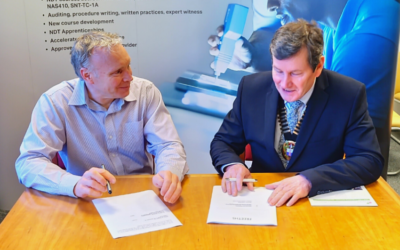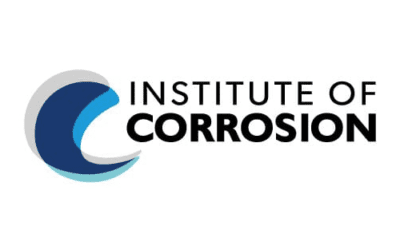Question:
Once the project engineer has decided there is a need for cathodic protection, how do they decide on which system to use, galvanic (sacrificial) anodes or impressed current, and how do they calculate the current requirement? RS
Answer:
Cathodic protection (CP) prevents corrosion by converting all of the anodic (active) sites on a metal surface to cathodic (passive) sites by supplying electrical current (or free electrons) from an external source. This can take the form of galvanic (or sacrificial) anodes or Impressed Current systems.
The CP current is DC and it flows from the anodes, through the electrolyte (soil, sea, water, concrete) onto the structure being protected. IF sufficient current to all surfaces, the corrosion is effectively mitigated.
Galvanic Anodes are made from metals which are more active (anodic) than the metal structure (normally iron or steel) to be protected from corrosion, they are cast from a metal alloy with a more negative electrochemical potential than the iron or steel. Normally magnesium is used onshore, and aluminium or zinc in seawater for the protection of steel. The galvanic anode will be consumed in place of the metal it is protecting (to which it is galvanically coupled).
Impressed Current systems utilise an external DC power supply to create the electrical current flow. The use of an external power supply enables an impressed current system to generate significantly higher current output with fewer, sometimes longer lasting anodes, than a galvanic anode system. The choice of which cathodic protection system is determined by several factors, primarily the shape and surface area of the structure to be protected, its environment (electrolyte and other physical aspect) plus the quality of any coating applied.
The current requirement is principally determined by the surface area to be protected, the electrolyte conditions (for example water flow rate) and the coating system applied to the structure. These will influence, along with the availability of electrical power supplies, the risk of physical damage if a galvanic anode or impressed current system is possible or preferred. Some Owners will have their own preferences based upon their experience or their ability to maintain and operate an impressed current system.
Galvanic anodes are ideal in low resistivity environments as they simply operate on the electrochemical potential difference. They are normally easy to install and require low maintenance. They are often described as only suitable for low current and short lives, but this is wrong as many offshore oil and gas and renewable energy structures can demonstrate. Some of these systems use hundreds of anodes to deliver many hundreds of amps of CP current for decades of life. However, impressed current systems can deliver higher individual anode currents and do so at high electrolyte resistivity. In such conditions they are the best choice They are more complex to design, they require an external electrical power supply, and they need regular monitoring and maintenance.
All but the very simplest cathodic protection systems need to be designed by a qualified CP Engineer and the installation and commissioning undertaken by experienced personnel. The Institute of Corrosion provides training for CP Technicians and Competence assessment and Certification for Technicians and Specialists. SB
Readers are reminded that they can submit generic (not project specific) questions for possible inclusion in this column. These should be sent to the editor at, brianpce@aol.com



